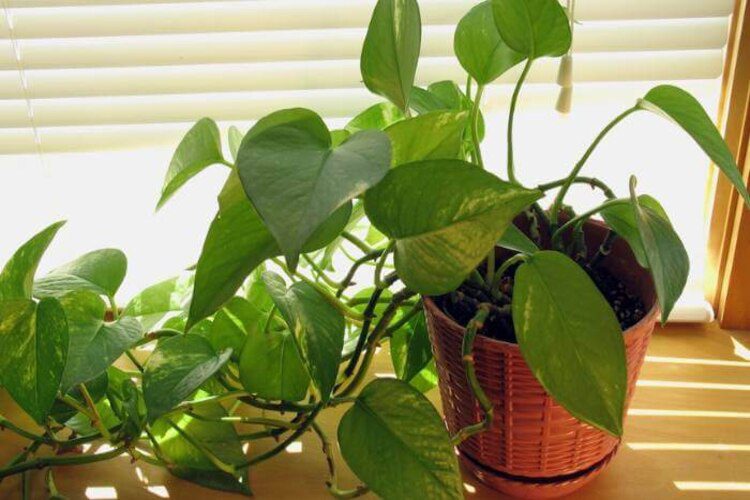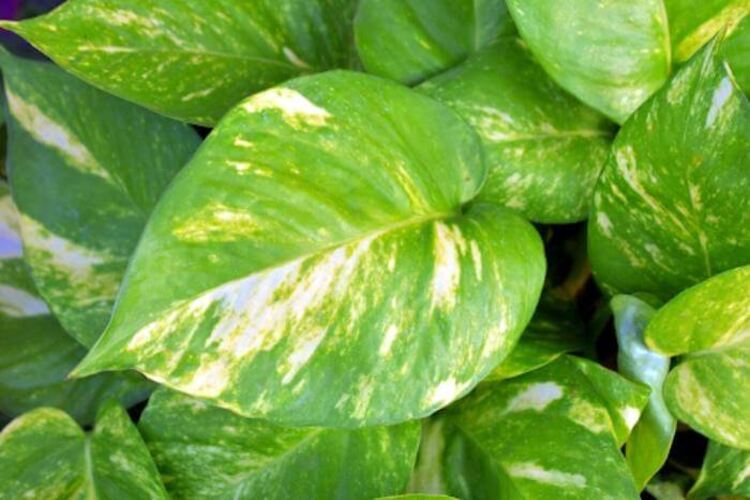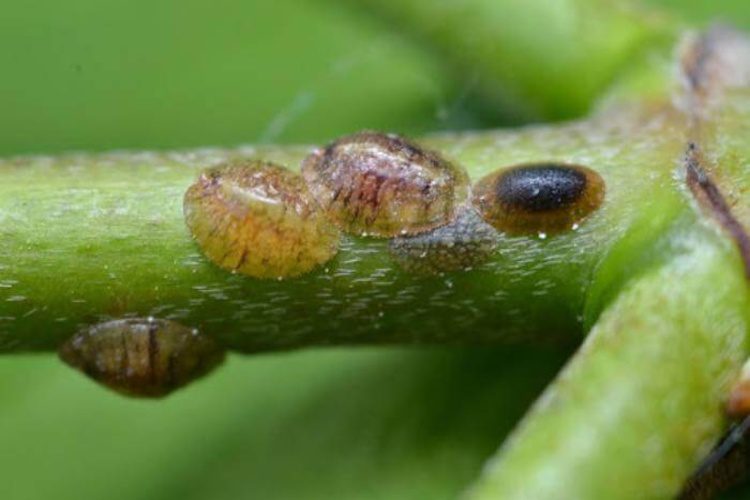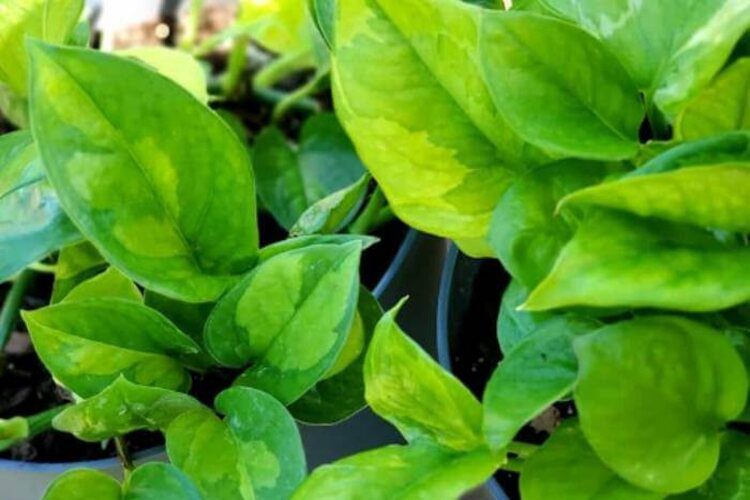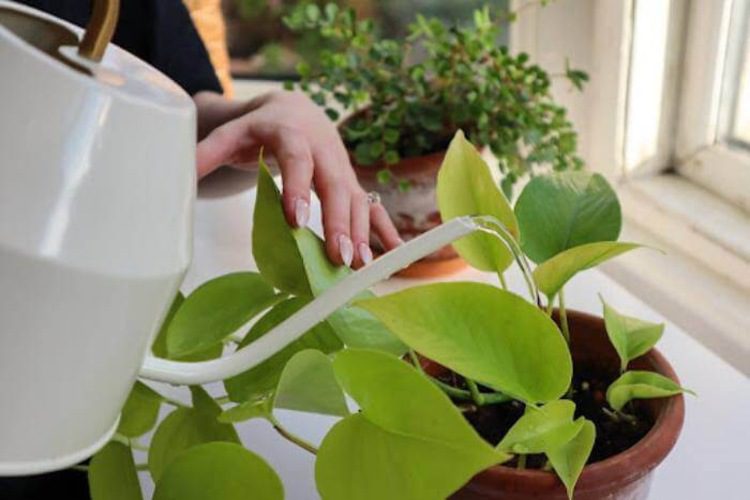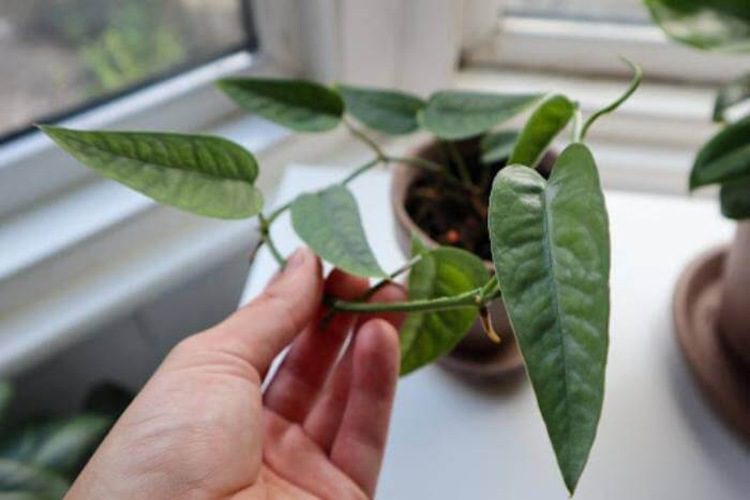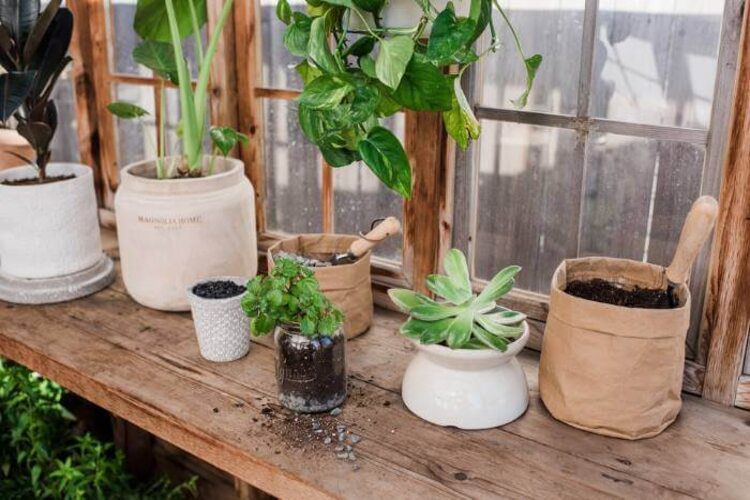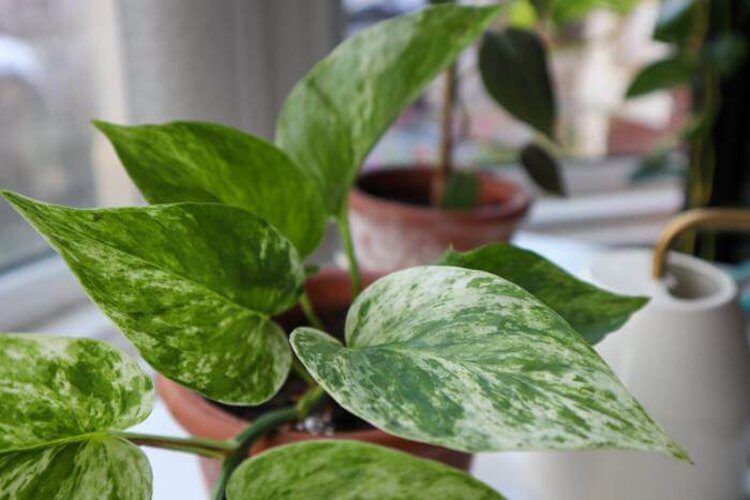Neon Pothos Brown Spots: 4 Main Causes
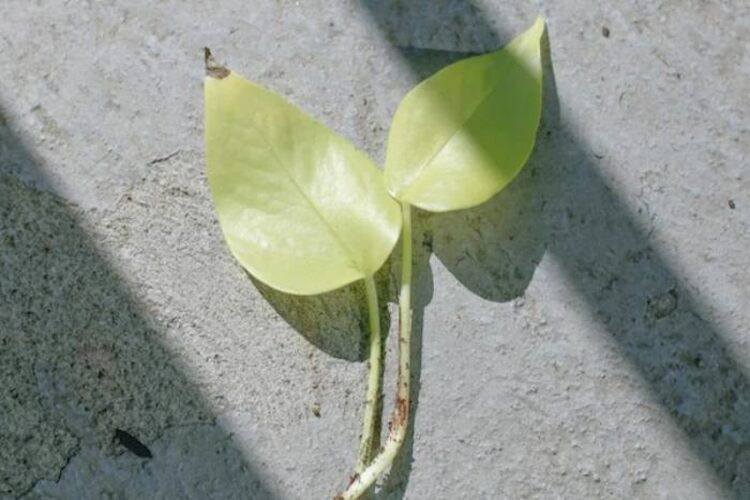
You are having a tough journey with Neon Pothos Care. The most common problem on pothos is leaves turning brown. This is likely due to ageing but can also occur when the plant roots are too wet or have been logged by water, root rot, overfeeding, too much light, or are attacked by pests, diseases, etc.
To heal from this plant’s illness, we should diagnose the condition and discover the causes. This guide will tell us about the best ways to fix this problem and make sure your favorite indoor plants look as good as they did again!
What are the brown spots on my pothos?
Pest infestations and fungus diseases are among the most common causes of brown leaf tips on pothos plants. Similar to Lemon Lime Philodendron, the pests suck out the sap in the pothos stem, which leaves behind a marking in its place and can cause health problems if left unchecked—those are common pests like mealy bugs, aphids, spider mites, and scales. The pests will ruin your pothos by stealing nutrients and water. They suck out the plant’s juice from within, leaving behind a withered mess.
Even worse, They inject toxins into your favorite plant’s stems. The toxins will cause moving dots or bumps on its surface, leading to shape distortion over time. Another reason we are spotting these ugly spots is because of deficiency intake, intense absorption, and so on. We will find out later.
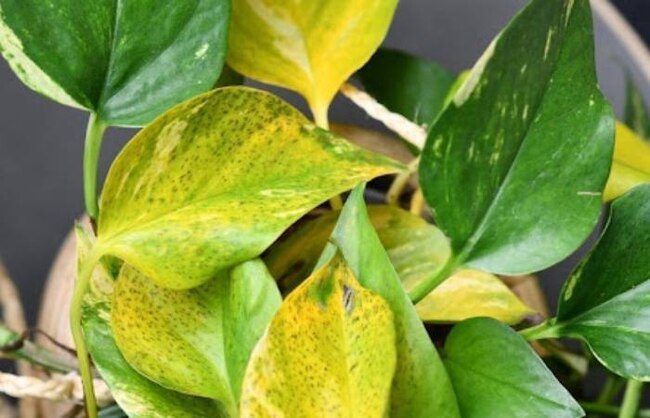
How to Recognize
The brown dots here can look like any dark, chocolate-brown color with streaks of olive-green or a light or golden brown color. They are also patches of brown that are lighter or darker than the rest of the plant, brown spots that are smaller or larger than other spots on the plant, or no specific pattern, with leaves varying in color from light green to deep green.
4 Main Causes Of Brown Spots On Neon Pothos
Epipremnum aureum Neon is a popular cultivar because it is easy to care for, and its striking, neon green color leaves add a splash of color to any room.
However, sometimes these plants develop brown spots on their leaves. Here are a few reasons why this happens:
Too Much Sun
Neon Pothos plants like bright, indirect light. Exposure to direct sunlight for too long results in pothos leaves burning and stems dying, and brown spots will appear
Too much water
Another possible reason is that they get excess water. These plants like to be kept moist but not soggy. Too much water reduces air circulation and hinders the roots from consuming nutrients from the plant’s soil, which causes root rot in the plant.
Also, damp soil provides an ideal condition for fungal disease and bacterial infection, and brown spots appear on the pothos leaves and, eventually, quickly spread throughout the whole plant.
Nutrient Deficiency
Brown leaves and stems are also a consequence of a lack of nutrients in the soil. Although the Pothos plant doesn’t need a lot of feeding, it still needs fertilizer that contains nitrogen, phosphorus, and potassium in equal ratios to grow into its best condition. Not getting enough nutrients can cause the leaves to turn yellow and develop brown spots.
Temperature problems
If you live in a climate where temperatures drop below 50 degrees Fahrenheit, your Pothos plants may start showing signs of brown or black spots on their leaves.
The leaves turn black at 45 degrees Fahrenheit or less, and there would also be problems of slow growth. On the other hand, when climates exceed 80 degrees Fahrenheit for long periods, pothos leaves will turn yellow, brown, and eventually wilt, much like sunburn due to excessive direct sunlight.
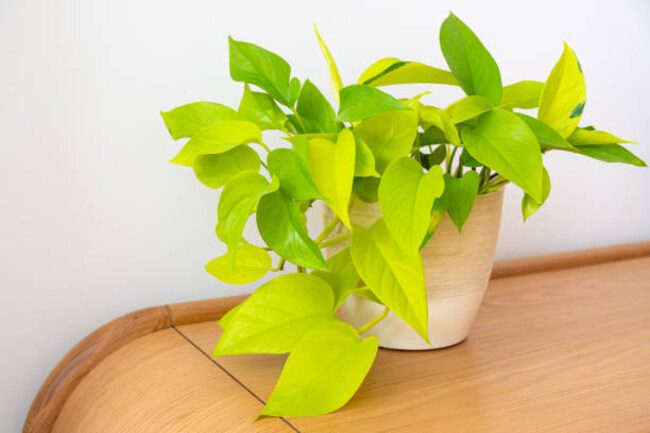
How to treat damaged leaves
There are a few ways to deal with this head-spinning problem:
Adjusting Watering Schedule
Get into a watering schedule to help correct issues with too much or too little water. Remember to water your neon pothos when the top inch of soil dries out.
Overwatering pothos plants should be a bigger problem because it often results in plant death more than any other possibility. Besides taking care of the amount of water, choose a pot with drainage holes so the soil can be well-drained. If it does not have proper drainage, water will sit at the bottom of the pot and cause root rot, which is the main reason for improper growth, such as brown spots on pothos. It can also lead to brown spots on the leaves.
Fertilize Properly
Fertilize your plant every two weeks during the growing season with half-strength fertilizer and make sure you flush the pot with water afterwards to avoid salt buildup, which can form brown tips. Organic fertilizer is better than commercial fertilizer because it promotes plant growth and results in much greater effectiveness.
If you’re feeling venturesome, preparing your compost at home will be an excellent idea for adding to plants instead of using chemical fertilizers that can harm them over time if not used properly with care.
Indirect light supplement
To help plants get enough light, move your pothos plant to a brighter location. A bright, sunny window is ideal for an indirect light source. Make sure your neon pothos receive around 4 hours of this light a day. Intense light and heat stress the plant and cause brown patches in the leaves, whereas too little light can result in leaf discoloration.
You can use a sheer curtain to cover the plant to solve the problem of direct sunlight and meet the amount of bright light the pothos plants need. You can supplement with artificial lighting if you cannot provide enough natural light. It is essential during the winter when less natural light is available. When moving to a bright place, do it gradually to prevent shocking the plant, leading to browning leaves.
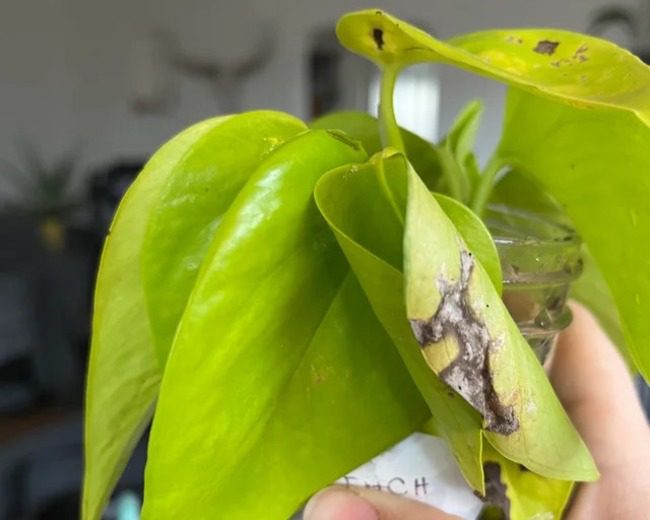
Proper Humidity
Pothos likes to stay in humid environments, so don’t let the air around your plant dry, increase the humidity by using a humidifier or misting the leaves with water a few times a week.
You can also increase this by placing your Neon Pothos pot on a pebble tray filled with gravel and water. Ensure the pot is not sitting in the water, as it can cause root rot. As the water evaporates, it will help increase the humidity around the plant.
Pest Control
Pests are harmful pathogens for pothos plants, causing them to turn brown as well as affecting your life. To get rid of pests, you can use a variety of methods, including:
- Bug spray: A spray bottle will help keep the bugs away from your pothos plant
- Insecticidal soap: Cover Neon Pothos with soap and water to prevent infestation.
- Horticultural oil and neem oil: The scent from these oils will help repel pests
If you suspect that pests have attacked your neon pothos leaves, take immediate action. The sooner you get rid of the pests, the better chance your plant has of recovering.
Use Fungicide
Taking precautions when using any chemical is essential to avoid harming yourself or your plant. For example, if you notice brown spots on pothos leaves, chances are they are bacterial leaf spots, specifically fungal leaf spots. Pick off the infected leaves so they won’t spread to the entire plant and other plants.
If the fungal diseases are hard to deal with, you can treat them with a fungicide and spray the plant regularly. Be sure to follow the instructions on the label and apply the fungicide as directed.
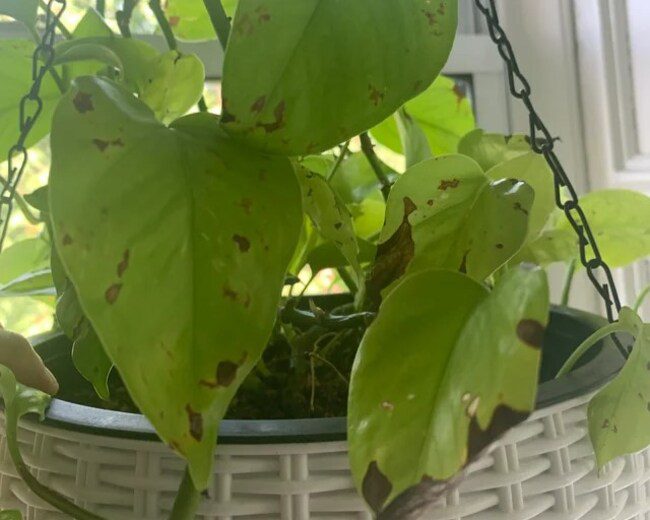
Wipe Down The Leaves
If brown spots develop due to dust or dirt buildup on the leaves, you can wipe them down with a damp cloth. Then, gently wipe the affected leaves until they are clean. When doing this, be careful not to damage the leaves because they are delicate.
Prune Off Affected Leaves
If the brown spots are severe, you may need to prune off the affected leaves. It will help prevent the infection from spreading and allow the plant to focus its energy on new growth. When pruning, be sure to sterilize your tools first. Again, it will help prevent the spread of disease. Proper care will help prevent brown spots from developing on the leaves.
You can also propagate Neon plants from the cuttings you remove. To do this, simply let the cuttings dry out for a few days before planting them in a pot of moist potting mix. The cuttings should root in about 2–4 weeks. Following the tips above, you can keep your plant healthy.
Conclusion
Pothos is a great plant for apartments. It’s not difficult to take care of, but you need some knowledge about its symptoms to keep it healthy in the long run. You must adjust your Pothos plant care routine accordingly. For example, if your plant is getting too much sun, move it to a shadier spot. If it is not getting enough water, water it more often. And if there is a nutrient deficiency, fertilize your plant with a balanced fertilizer.


